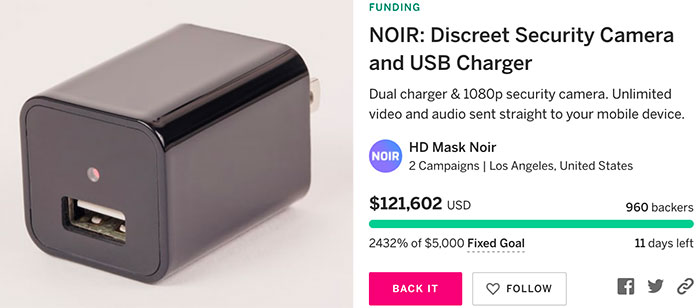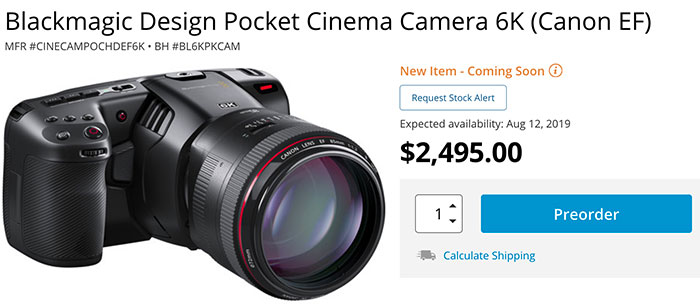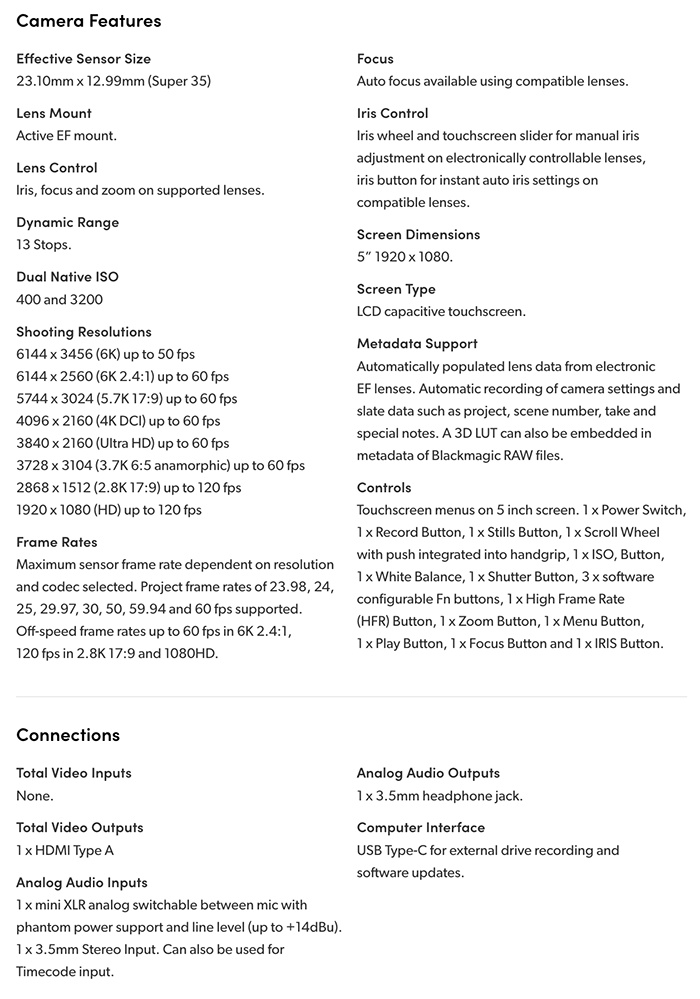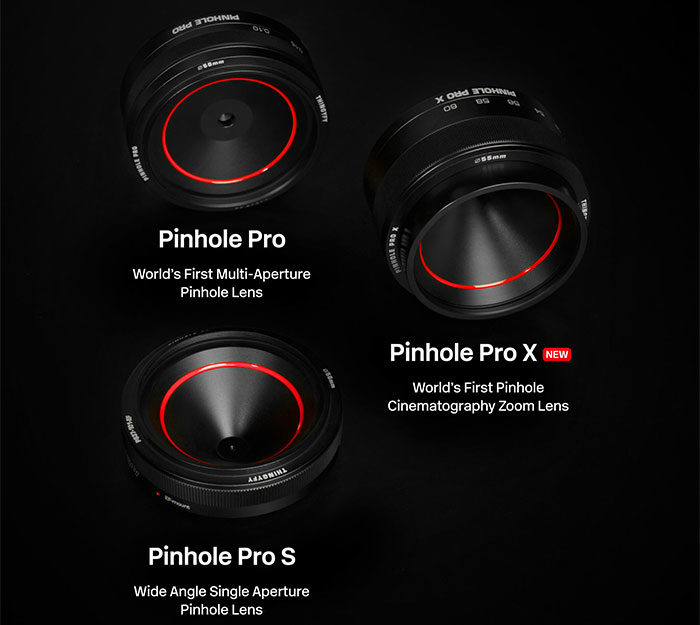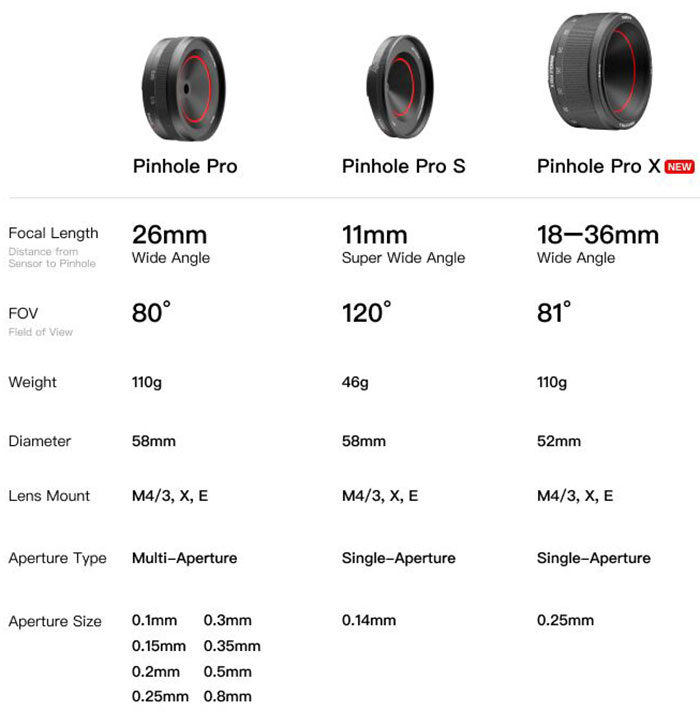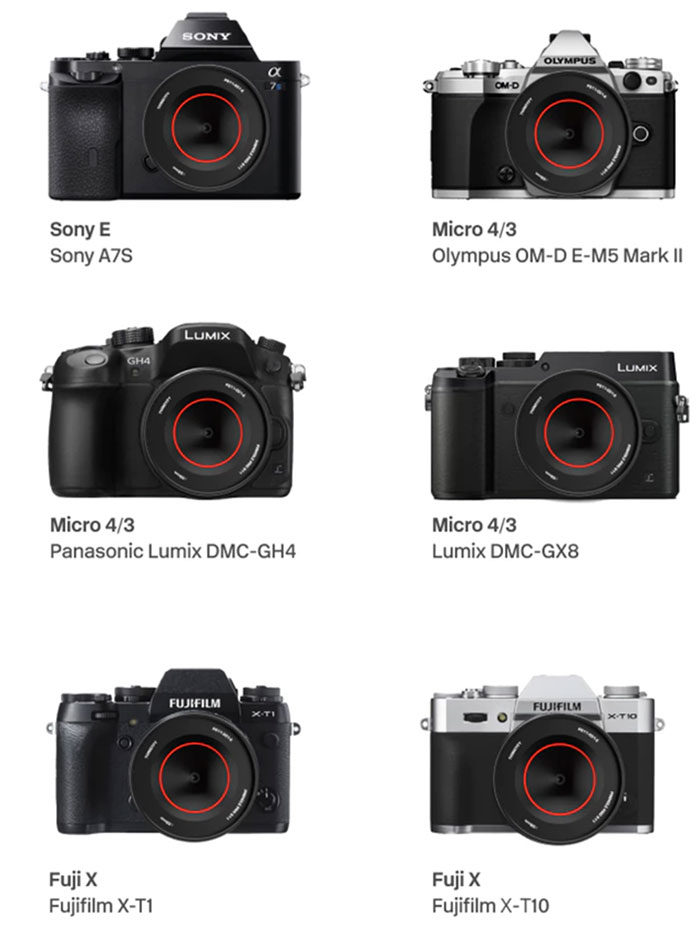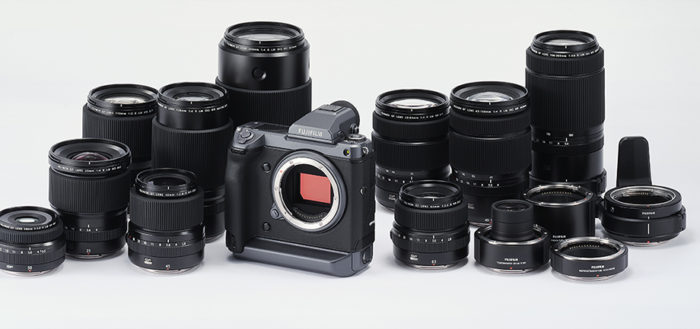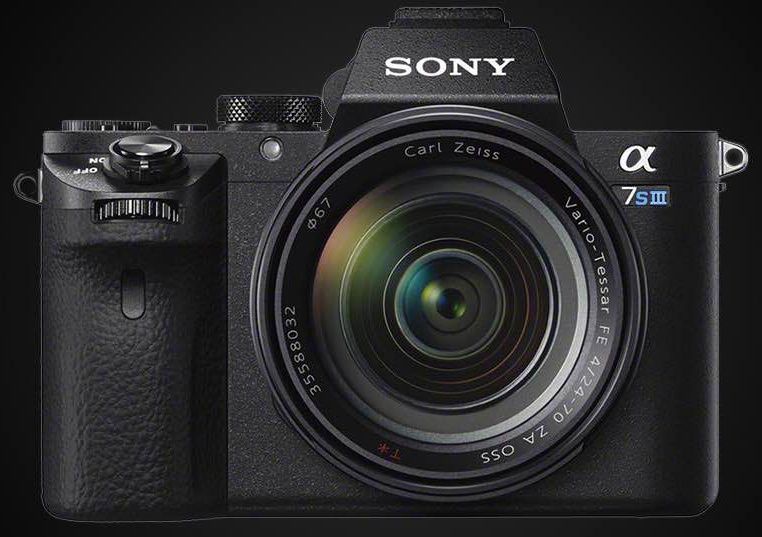Press text: Samsung Takes Mobile Photography to the Next Level with Industry’s First 108Mp Image Sensor for Smartphones
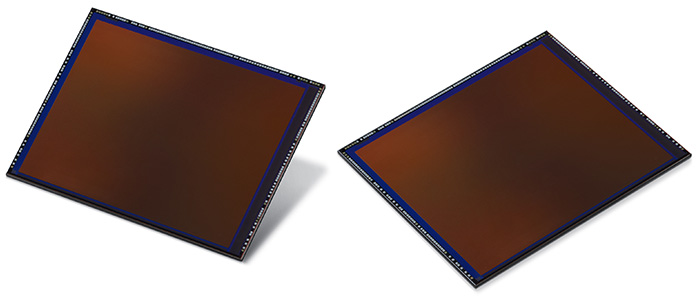
Well it’s official! Samsung has launched the new 108MP sensor made for smartphones. I would really love to see some image samples but Samsung shared none so far. I Can’t believe yet that 108MP on such a small sensor are really any good. Let’s see…
This is the press text:
Samsung’s partnership with Xiaomi brings innovation to mobile cameras with new ISOCELL Bright HMX
Samsung Electronics, a world leader in advanced semiconductor technology, today introduced 108 megapixel (Mp) Samsung ISOCELL Bright HMX, the first mobile image sensor in the industry to go beyond 100 million pixels. With the latest addition, Samsung will expand its 0.8μm image sensor offerings from its recently announced ultra-high 64Mp to 108Mp, a resolution equivalent to that of a high-end DSLR camera. Samsung ISOCELL Bright HMX is a one-of-a-kind mobile image sensor and is the result of close collaboration between Xiaomi Corp. and Samsung.
With over 100 million effective pixels enabling extremely sharp photographs rich in detail, the ISOCELL Bright HMX also produces exceptional photos even in extreme lighting conditions. Being the first mobile image sensor to adopt a large 1/1.33-inch size, the HMX can absorb more light in low-lit settings than smaller sensors and its pixel-merging Tetracell technology allows the sensor to imitate big-pixel sensors, producing brighter 27Mp images. In bright environments, the Smart-ISO, a mechanism that intelligently selects the level of amplifier gains according to the illumination of the environment for optimal light-to-electric signal conversion, switches to a low ISO to improve pixel saturation and produce vivid photographs. The mechanism uses a high ISO in darker settings that helps reduce noise, resulting in clearer pictures. For advanced filming, the HMX supports video recording without losses in field-of-view at resolutions up to 6K (6016 x 3384) 30-frames-per-second (fps).
“For ISOCELL Bright HMX, Xiaomi and Samsung have worked closely together from the early conceptual stage to production that has resulted in a groundbreaking 108Mp image sensor. We are very pleased that picture resolutions previously available only in a few top-tier DSLR cameras can now be designed into smartphones,” said Lin Bin, co-founder and president of Xiaomi. “As we continue our partnership, we anticipate bringing not only new mobile camera experiences but also a platform through which our users can create unique content.”
“Samsung is continuously pushing for innovations in pixel and logic technologies to engineer our ISOCELL image sensors to capture the world as close to how our eyes perceive them,” said Yongin Park, executive vice president of sensor business at Samsung Electronics. “Through close collaboration with Xiaomi, ISOCELL Bright HMX is the first mobile image sensor to pack over 100 million pixels and delivers unparalleled color reproduction and stunning detail with advanced Tetracell and ISOCELL Plus technology.”
Mass production for Samsung ISOCELL Bright HMX will begin later this month.
–
* Samsung first announced its ISOCELL technology in 2013, which reduces color-cross talk between pixels by placing a physical barrier, allowing small-sized pixels to achieve higher color fidelity. Based on this technology, Samsung introduced the industry’s first 1.0um-pixel image sensor in 2015 and 0.9-pixel sensor in 2017. In June 2018, Samsung introduced an upgraded pixel isolation technology, the ISOCELL Plus

